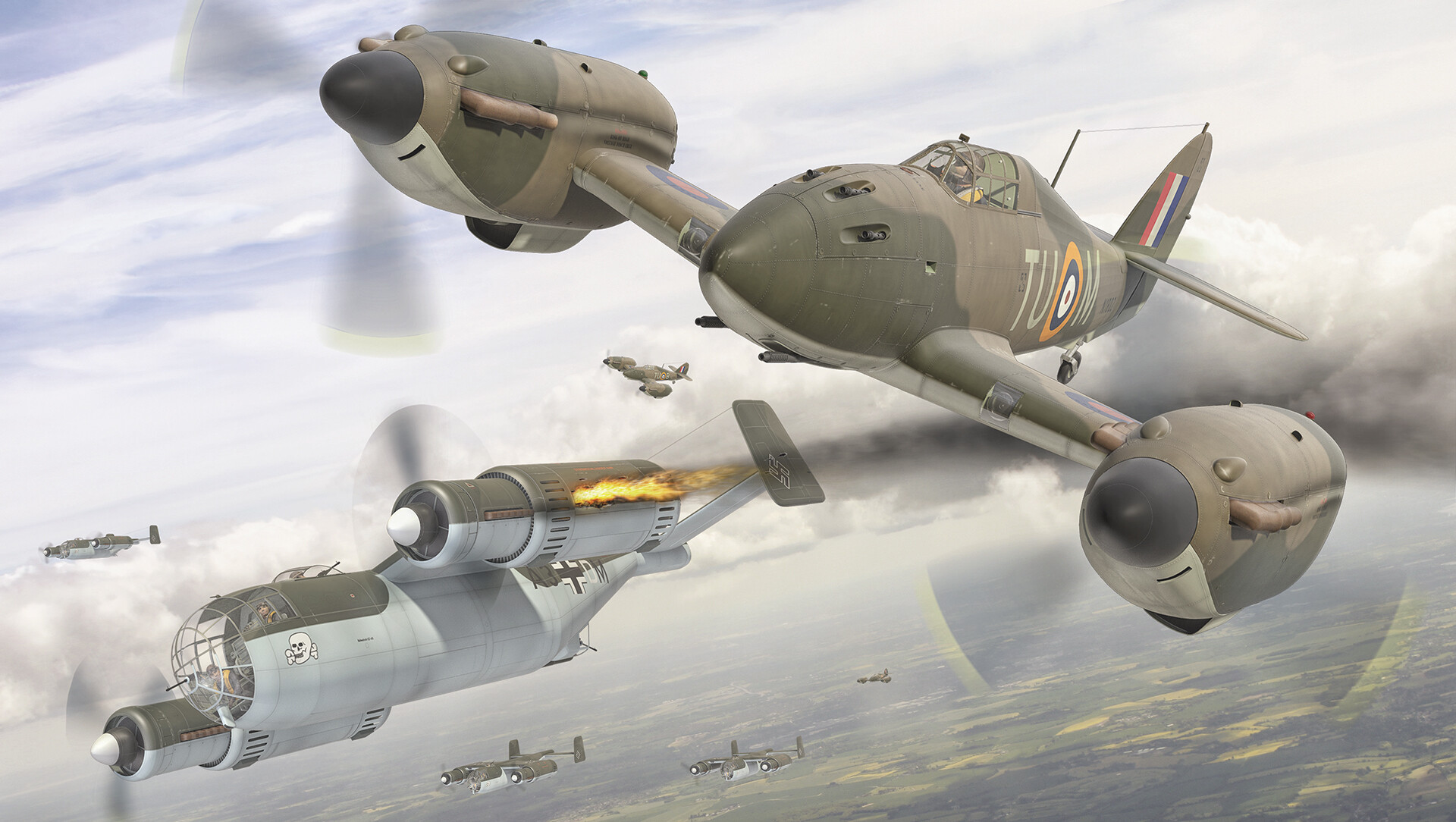Armstrong Whitworth Agni MK9 , Bombardment of Port Said 1956
Following the British aquasition of many of Germany's top scienist by group Captain Dashwood and his team at the end of the war development of various projects continued, one of which was the Agni ( Hindu god of fire ) series of missiles based upon the quite simple V1 guided missile.
Progressing through various marques and increasing with complexity with each redesign until by the time of the Suez conflict the missile was the mk9, with radio and gyroscopic control it was at the time accurate to within 185 yds had a range of over 350 miles and a usable payload of over 1 tonne in either high explosive or gas/chemical warheads.
Used operationally against the facilities and possible defences of Port Said as well as airfields at Ishmalia, Abu Sueir and Fayid to name a few. Credited with numerous aircraft kills on the ground it also acheived the dubious distinction of killing the most civillians with one missile coming down due to AA damage on a district of Port Said killing over 128 and wounding more than 300.
Not used again after the initial bombardment the missiles stayed in service for many years until finally being expended as live targets for RAuxAF squadrons during summer camps in the middle 1970's.
View attachment 663983







